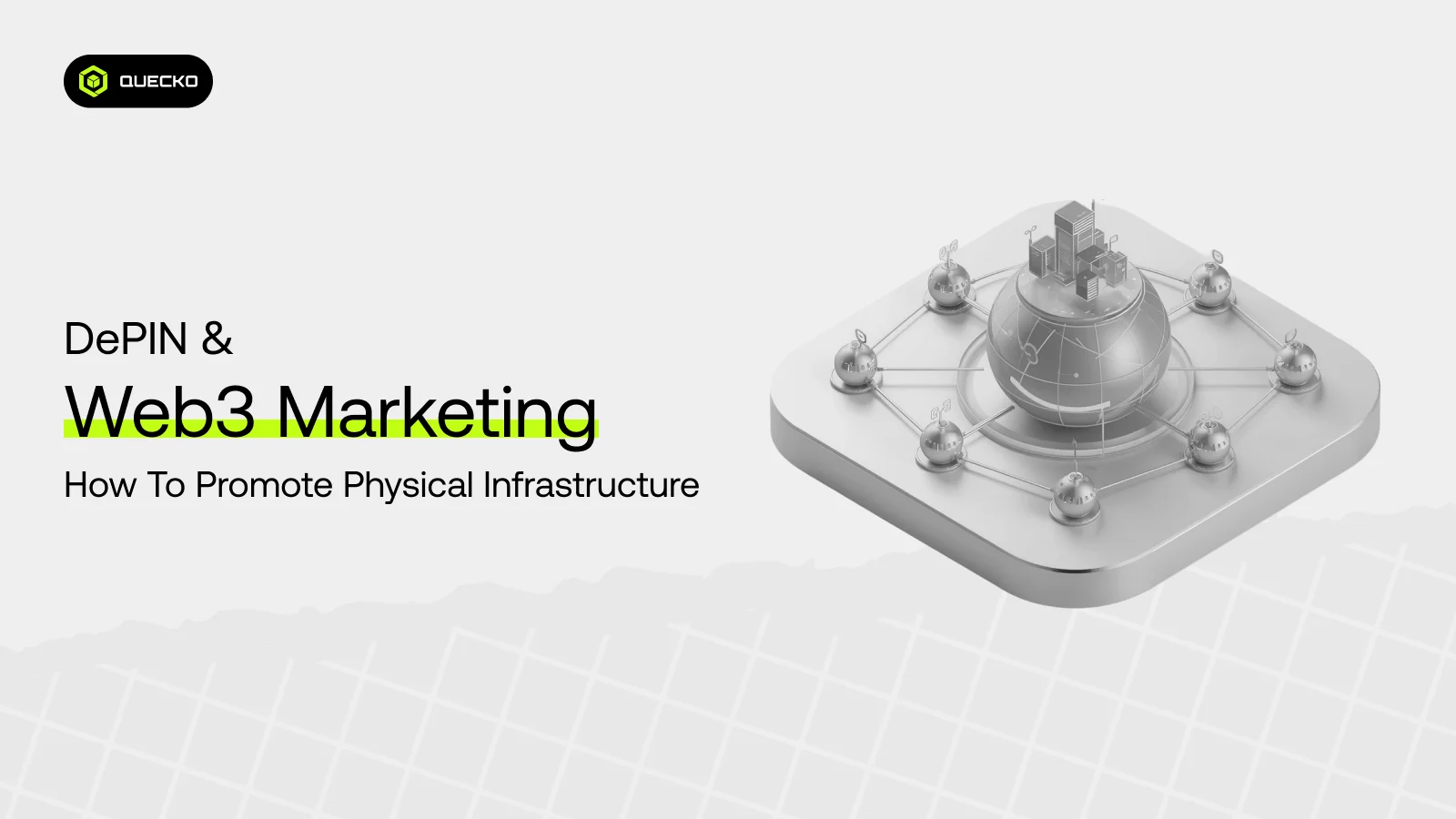How Much Does Web3 Marketing Cost in 2025?
Discover the real cost of Web3 marketing in 2025, from social media and influencers to paid ads, PR, and community growth. Learn budget ranges and agency vs in-house strategies.

The Web3 industry in 2025 is bigger, louder, and far more competitive than ever before.NFT projects, DeFi platforms, GameFi platforms, and AI-driven campaigns all compete for capital and attention.
That makes Web3 marketing one of the most important (and costly) parts of any launch strategy. But how much should you budget for it?
Web2 digital marketing uses standard ad buys and predictable funnels. Web3 marketing grows through community building, decentralized assets, and proving on-chain impact. This means campaigns involve more moving parts: influencer campaigns, airdrops, bounty campaigns, Discord communities, X Spaces, and more.
In this blog, we’ll break down the true cost of Web3 marketing in 2025.
What Is Web3 Marketing and How Does It Work?
Web3 marketing is the strategy and execution of campaigns for blockchain-powered products, platforms, and digital assets. Web2 marketing utilizes centralized data and ad networks. Web3 marketing emphasizes community engagement, token incentives, and transparency.
In this case, users become not mere customers but energetic stakeholders themselves; they learn how to use wallets, join DAOs, and communicate with decentralized platforms. Web3 campaigns often incorporate airdrops, staking incentives, and NFT drops as means of expressing loyalty and security. Web3 marketing is centred on being educated, owner-centric, and storytelling to the community. It motivates individuals to participate in and develop the project, rather than relying solely on one-way advertising.
How Web3 Marketing Differs from Traditional Marketing
To truly understand its impact, it’s important to see how Web3 marketing stands apart from traditional approaches:
- Ownership of data: In Web2, platforms own user data. In Web3, users maintain control through their wallets.
- Community-first: Instead of broadcasting ads, you’re building ecosystems of believers.
- Trust factor: Audiences are sceptical; they want proof, not promises.
- Speed: Web3 trends move faster than Web2 cycles, so campaigns must adapt in real time.
Key Channels Driving Web3 Marketing in 2025
In 2025, Web3 marketing relies on a mix of community platforms, content strategies, and incentive-driven tools that go far beyond traditional ads:
- X (formerly Twitter): Where thought leaders, investors, and influencers shape narratives.
- Discord & Telegram: Community hubs for announcements, governance, and support.
- Content platforms (Medium): Used for in-depth updates, case studies, and blogs.
- Quest platforms: Where projects gamify engagement with rewards.
- Influencer networks: From niche creators to large-scale crypto personalities.
- PR and media outlets: Visibility on respected publications adds credibility.
Why Web3 Marketing Costs More Than Web2
Marketing on the decentralized web comes with unique challenges:
- Community focus over impressions: Growth is less about clicks and more about community trust inside Discord servers, Telegram groups, or NFT marketplaces.
- Smart contract mechanics: Running airdrops, bounty campaigns, or loyalty rewards requires gas, coding, and smart contract audits.
- Token-based economics: Unlike Web2 loyalty points, digital assets require careful design so you don’t damage your crypto market cap.
- Ownership control: Your audience doesn’t just consume, they hold tokens, vote, and influence your roadmap.
- Higher entry costs: Between media placements, paid growth, and PR spend, building credibility is more expensive in digital markets than in traditional ones.
Factors That Influence Web3 Marketing Costs
When planning a Web3 marketing budget, several key factors determine how much a project will need to invest:
How Project Type Influences Web3 Marketing Budget
The type of project has a significant impact on the budget. NFT collections depend on the quick rise of the moment, whereas DeFi platforms need to establish credibility over a long period. GameFi initiatives are focusing even greater resources on visual narration, contests, and interactivity.
Audience Reach Impact on Web3 Marketing Costs
The scale of the target audience has a significant impact on costs. Regional campaigns usually cost less. Global campaigns require content in multiple languages, 24/7 moderation, and increased ad spending.
How Campaign Goals Influence Marketing Spend
Marketing spending depends on the project’s goals. These goals include general awareness, onboarding new users, and encouraging token adoption. Each objective requires different resources and strategies.
Impact of Campaign Duration on Costs
Short, high-intensity pushes for token launches or NFT drops often incur higher costs due to the event’s urgency. In contrast, sustained growth strategies rely on steady monthly retainers that spread expenses over some time.
Strategic Budget Allocation for Web3 Marketing
Choosing between organic and paid approaches can make a significant difference. Organic content and community engagement build trust and authenticity. They require patience. Paid PR placements, influencer partnerships, and ads create faster visibility but cost more.
Breakdown of Marketing Expenses
Web3 marketing budgets cover many activities. Knowing how costs are allocated helps projects plan more effectively.
1. Community Management
Your community is your project’s heartbeat; if it’s quiet, your brand is too.
- Moderators: $1,000–$3,000/month per Discord or Telegram channel. For round-the-clock coverage, expect to hire several mods.
- Engagement Campaigns: Contests, quizzes, giveaways, or loyalty challenges typically cost $500–$3,000/month (including rewards).
2. Influencer Partnerships
Love them or hate them, influencers still drive most of the conversation in Web3.
- Micro-Influencers (5K–50K followers): $500–$2,000 per post, effective for reaching tight, engaged audiences.
- Macro-Influencers (100K+ followers): $5,000–$25,000 per campaign, often higher if they have a history of successful launches.
- Platform Costs: X (Twitter) remains the most affordable. YouTube shoutouts can top $10,000 per video, while Telegram channel promotions run $300–$5,000, depending on the reach.
3. Content Creation
Long-form content builds community trust and strengthens search engine optimization (SEO).
- Blog Articles: Freelance crypto writers charge $150–$500 per piece. Agencies cost more but usually bundle SEO and revisions.
- Whitepapers & Litepapers: $1,500–$7,000, especially if they include complex tokenomics modelling.
- SEO Packages: $1,000–$3,000/month for keyword tracking, link-building, and optimization.
4. Paid Advertising
Despite restrictions, paid ads are still a core part of Web3 marketing.
- Google Ads: Around $1–$4 per click, provided your landing page meets compliance standards.
- Crypto Ad Networks (Coinzilla, Cointraffic, etc.): Banner campaigns start at $2,000/month, with CPMs averaging $3–$10.
- Reddit Ads: Becoming popular for community-driven engagement; budget at least $1,000 for meaningful tests.
5. PR & Media Exposure
Credibility still stems from being present in the right places.
- Sponsored Articles: Mid-tier crypto media outlets charge $500–$3,000. Premium sites can cost $5,000 to $15,000 or more.
- Press Releases: Distribution across major newswires costs $1,000–$5,000, depending on word count and network.
- AMA Sessions: Paid AMAs on Telegram or YouTube range from $500 to $5,000+, depending on host reputation.
6. Airdrops, Rewards & Campaigns
Airdrops attract attention, but they aren’t free marketing.
- Incentives: Budget $5,000–$25,000 (or more) depending on token supply and reward pool. Bounty campaigns often require higher allocations.
- Tools & Platforms: Services like Zealy, Galxe, or Quest3 typically charge $500–$2,000/month for campaign setup and analytics.
- Security: Anti-bot tools, filtering systems, or smart contract restrictions add another $500–$2,000.
Typical Budget Levels
Not every Web3 project has the same budget; budgets vary depending on size, stage, and ambition. Here’s how typical spending levels break down in 2025:
Entry-Level ($5k–$20k/month): Indie NFT projects, small dApps
- Light community presence
- Micro-influencers
- Occasional giveaways
Growth Stage ($25k–$75k/month): Mid-sized DeFi or DAO projects
- Dedicated community team
- Mid-tier influencers & PR placements
- Paid ad campaigns
Enterprise ($100k–$300k+/month): Exchanges, large-scale GameFi or token launches
- Global moderators & content teams
- Major KOL campaigns
- Premium PR coverage
- Heavy quest/airdrop strategies
Hidden Costs Many Overlook
- Legal & compliance: $5,000–$15,000+ depending on jurisdictions
- Creative refresh cycles: New designs, banners, and videos every 1–2 months
- Security & anti-bot protection: A must for airdrops and Discord campaigns
- Tool subscriptions: Analytics, dashboards, scheduling, and automation
Web3 Marketing Agencies vs. In-House Teams: Cost Comparison
When it comes to implementing marketing in Web3, there are typically three scenarios that teams can choose to pursue: partnering with an agency, hiring a freelance team, or assembling an internal department. The costs, advantages, and disadvantages vary significantly among the routes. What do each of these look like in practice?
Web3 Marketing Agencies
Agencies are the “all-in-one” solution. You get access to a team that already understands the crypto space, has influencer/media relationships, and can launch campaigns quickly.
- Advantages: Agencies bring end-to-end execution. They handle everything from campaign strategy to content, influencer deals, and reporting. They’re also highly scalable; if you need to go from a quiet growth phase to a major token launch, they can expand resources instantly.
- Drawbacks: It is costly and lacks flexibility. Retainers are often very expensive, requiring a monthly fee of anywhere between $15,000 and $100,000+, something that many young projects cannot afford. Additionally, you may not always be in a position to directly control who works on your campaign from one stop to the next.
Best for: Well-funded projects that want to move quickly, especially around major events such as NFT mints, token listings, or cross-chain expansions.
Freelancers and Independent Consultants
Freelancers offer a middle ground, providing flexibility, specialisation, and greater affordability than agencies. You can hire them for very specific needs, such as growth hacking, SEO-rich content, or meme creation.
- Advantages: Lower costs, highly specialised skills, and short-term contracts make freelancers a flexible and easy-to-integrate solution. They’re great when you want tactical execution without a big commitment.
- Drawbacks: Consistency is often a challenge. Availability varies, quality can be hit-or-miss, and someone on your team still needs to coordinate tasks. Freelancers rarely deliver an overarching strategy, so you’ll need to provide direction.
Best for: Projects that already have a marketing lead in place and require additional support for execution.
In-House Marketing Teams
Building a dedicated marketing team is the long-term play. Instead of relying on outsiders, you train people who understand your project’s DNA and community inside out.
- Advantages: Your vision aligns strongly with that of full-time hires. They are the ones who are well-versed with the product at the finest level, and hence more effective in creating the brand voice and developing genuine ties with the community. They also plan better in the long term and change the cross-team work.
- Drawbacks: Recruiting is time-consuming, and good Web3 marketing talent is scarce. Salaries and benefits add up quickly, expect $60K–$120K+ per role annually, and unlike agencies, you can’t scale overnight when demand spikes.
Best for: Protocols, DAOs, or NFT brands seeking sustainable growth and complete ownership of their marketing.
Measuring ROI in Web3 Marketing
Success in Web3 marketing extends beyond vanity metrics, such as likes or retweets. Since hype fades fast and competition is intense, ROI should reflect real growth, engaged communities, and long-term sustainability. This requires tracking both traditional KPIs and crypto-native metrics. Here are the key ones:
- Wallets acquired (cost per wallet)
- Community participation (DAO votes, Discord activity)
- Token holding vs. selling behaviour
- On-chain engagement (staking, quest completions)
- Long-term retention (repeat buyers, recurring users)
Platforms like Dune Analytics, Flipside Crypto, and Google Analytics help projects track both off-chain and on-chain results.
Final Thoughts
Web3 marketing in 2025 isn’t cheap, but it’s powerful when executed strategically. Whether you’re a small creator running with $10k or a big exchange spending $250k+ per month, the key isn’t only how much you invest but how intelligently you allocate that budget.
Projects that succeed do not just have big budgets. They balance spending with storytelling. They combine organic trust with paid visibility. They always prove their value to the community.
Date
27 days agoShare on
Related Blogs

DePIN & Web3 Marketing: How to Promote Physical Infrastructure
11 days ago

How ZK Rollups Will Change Web3 Marketing Forever
18 days ago

Top Mistakes Web3 Startups Make When Marketing Their Token
20 days ago

How Much Does Web3 Marketing Cost in 2025?
27 days ago








